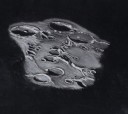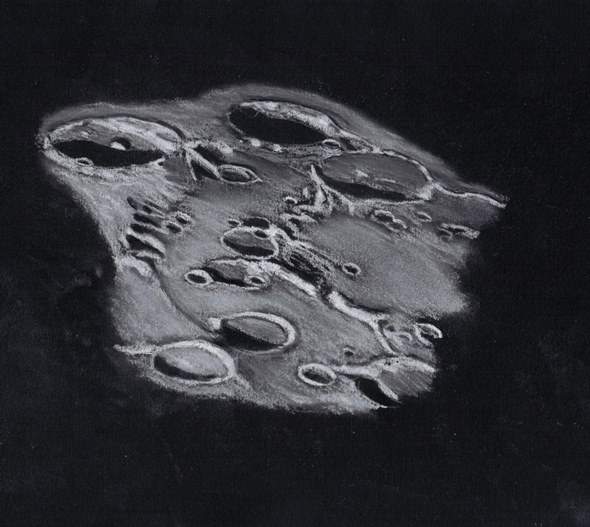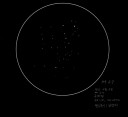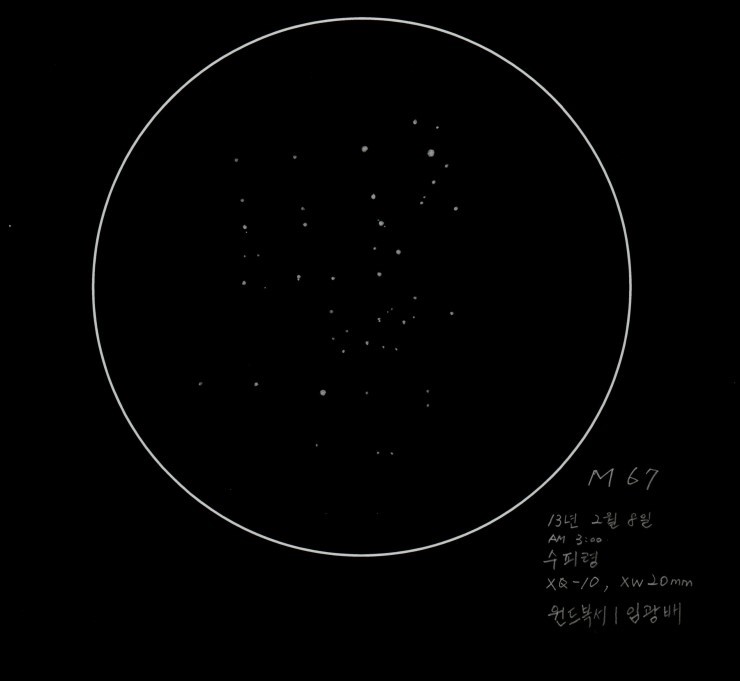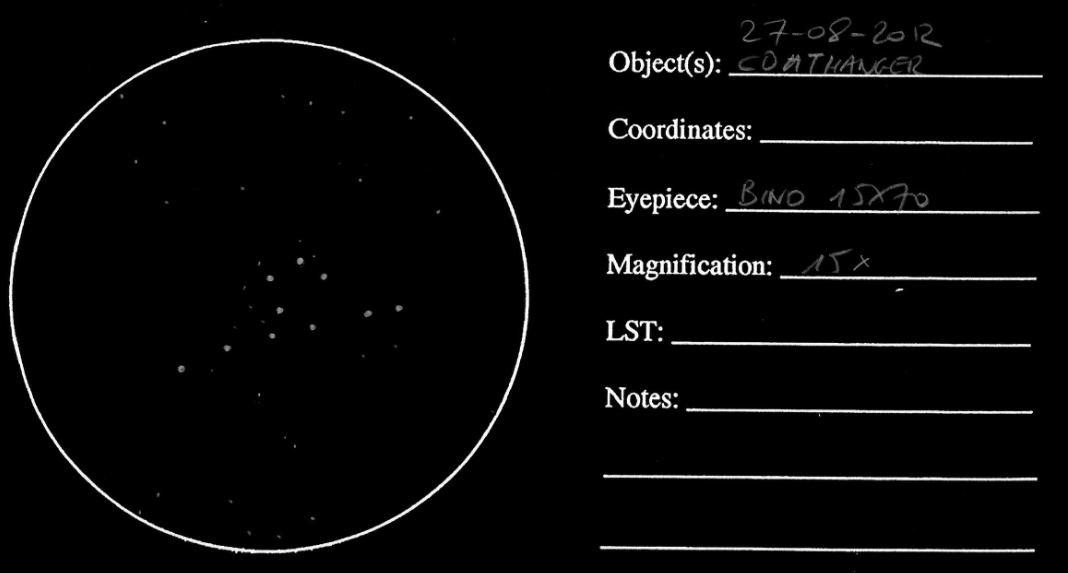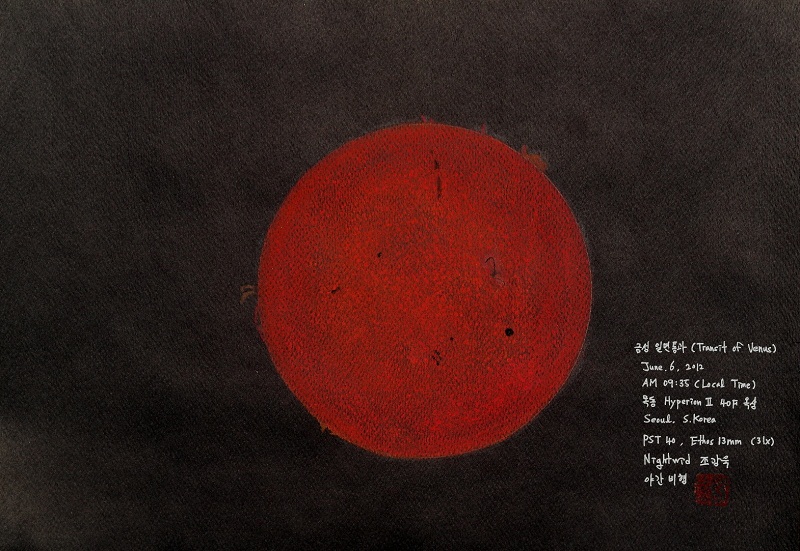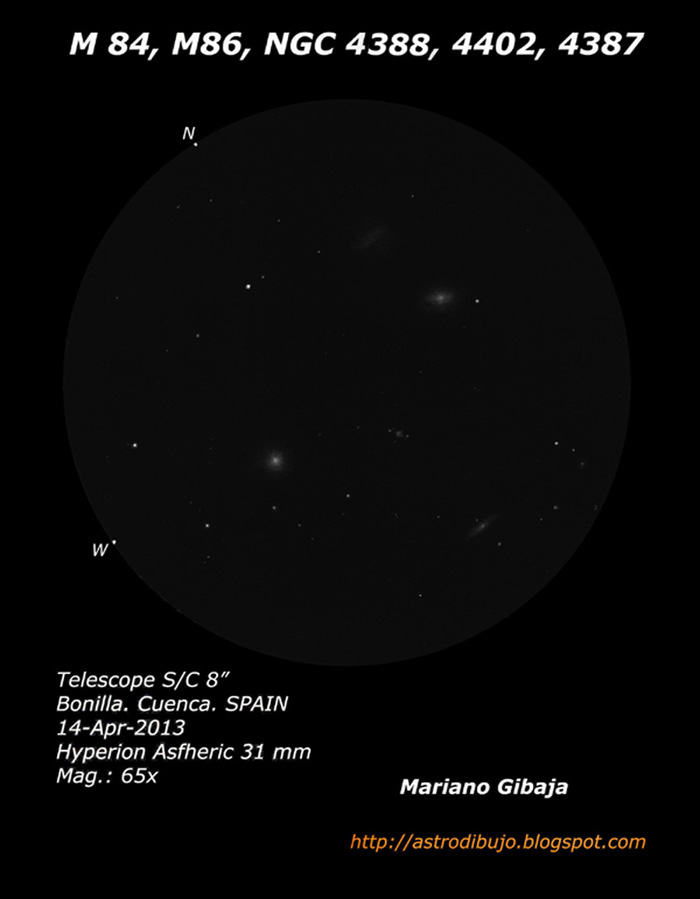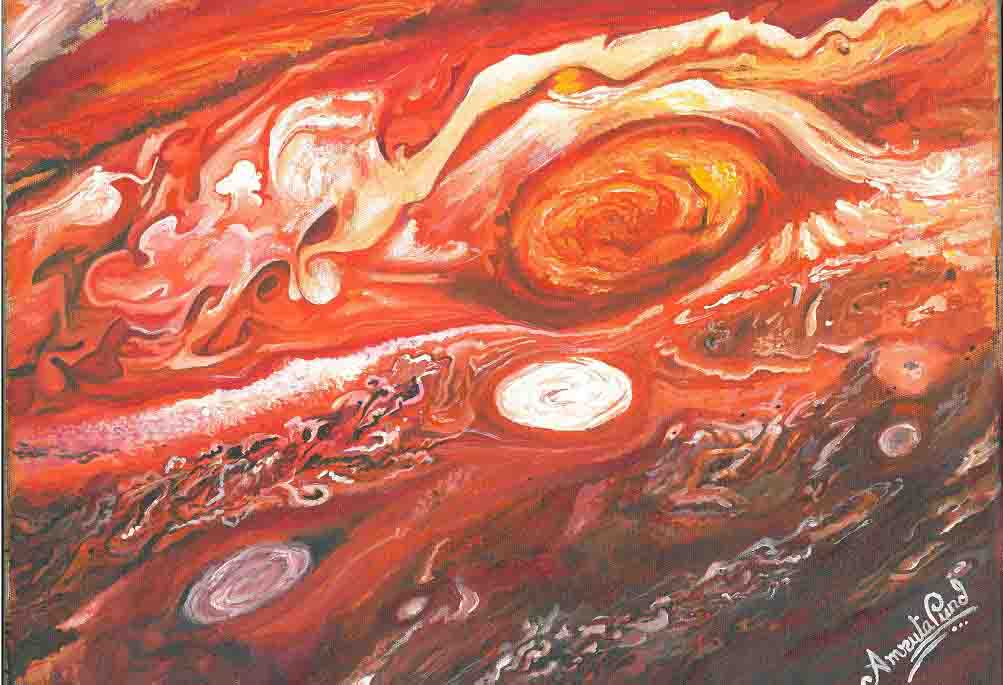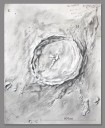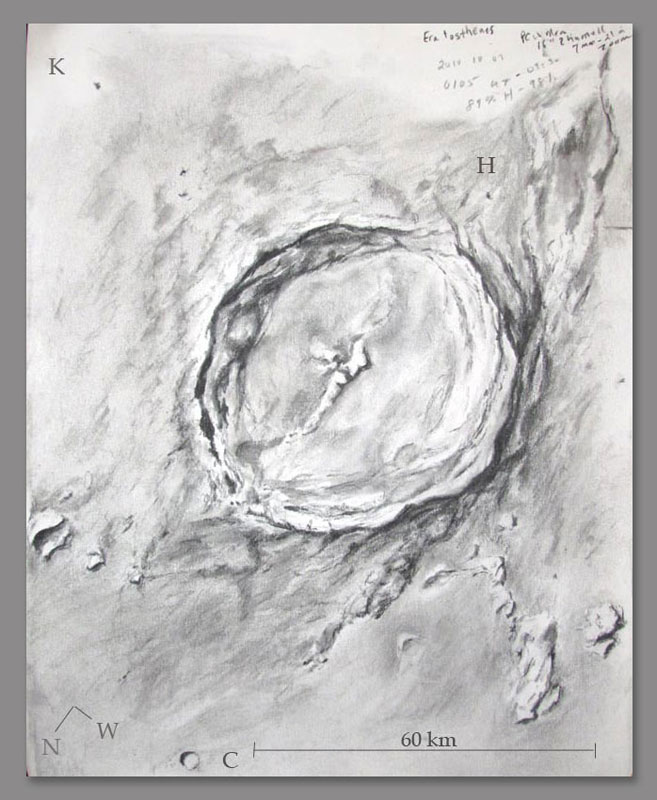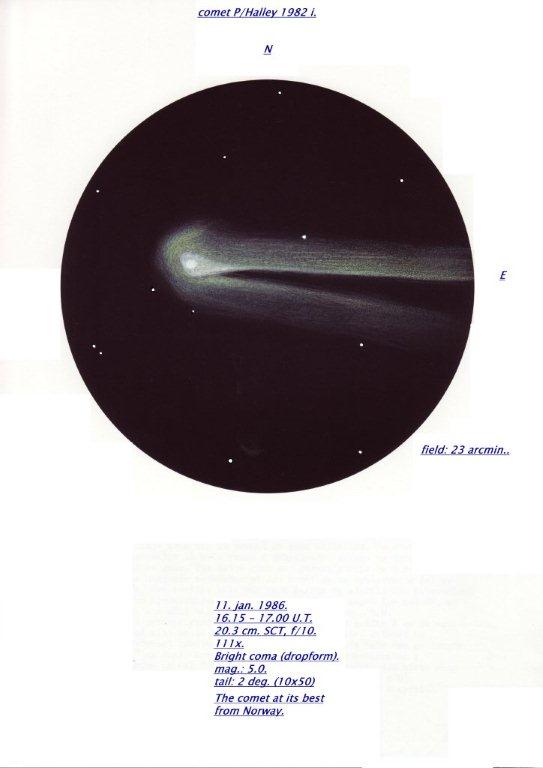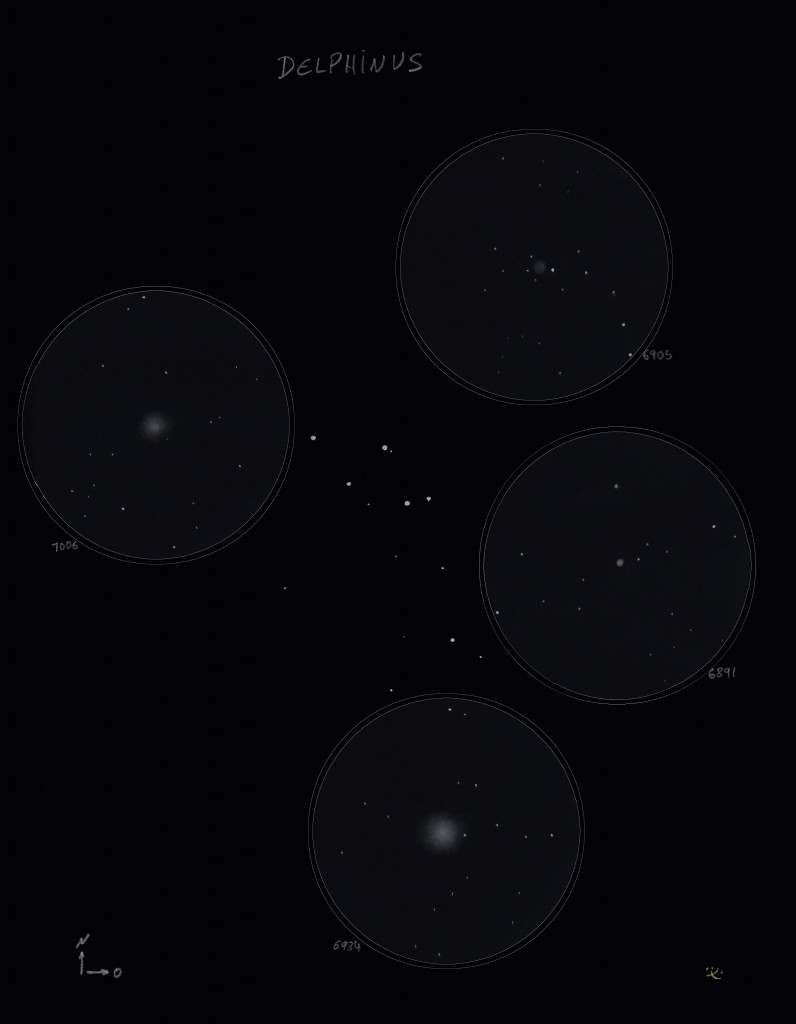
Dolphin Constellation
several objects
Location: The Bullaque – Ciudad Real – Spain
Date: 2013 – September – 01
Media: Graphite Pencil HB, torchon drawing sheet 1 and 130g
Inverted colors with GIMP 2.8
The Dolphin is a summer constellation modest, but can be very interesting for the amateur observer. Spend an evening full observation of its four most significant objects two planetary nebulae and two globular clusters, has been very rewarding.
When observed at the same time, are more striking differences between the two planets:
NGC 6905 is sees as a small disk, very bright and is easily distinguished in the field, and
NGC 6891 is quite the opposite, very small, very bright and compact, ie stellar appearance, difficult to distinguish from the other stars in the field.
The two globular clusters are very different concentration among them, but the different distances from us makes visual texture is very similar:
NGC 6934 (Class VII and 50,000.) Is bright, large, round, with denser center, feathered edges and mottled texture, and
NGC 7006 (Class I and 150,000 al.) Is less bright, somewhat smaller, round, with denser center, feathered edges and mottled texture.
A sample of observation is the sketch I made (picture above).
Finding NGC 6891 has been a challenge, stellar appearance has remained up to 200x and only from the 220x has started to show a very small round and compact disc.
The UHC filter and averted vision were needed in the localization and subsequent observation of nebulae.
For all objects have the best view obtained with the 220x. Good quality of the sky with a 21.41 SQM (roughly Male zone 6 was 6.2).
Greetings to all visitors of this page
Pedro Villamiel 09/04/2013

